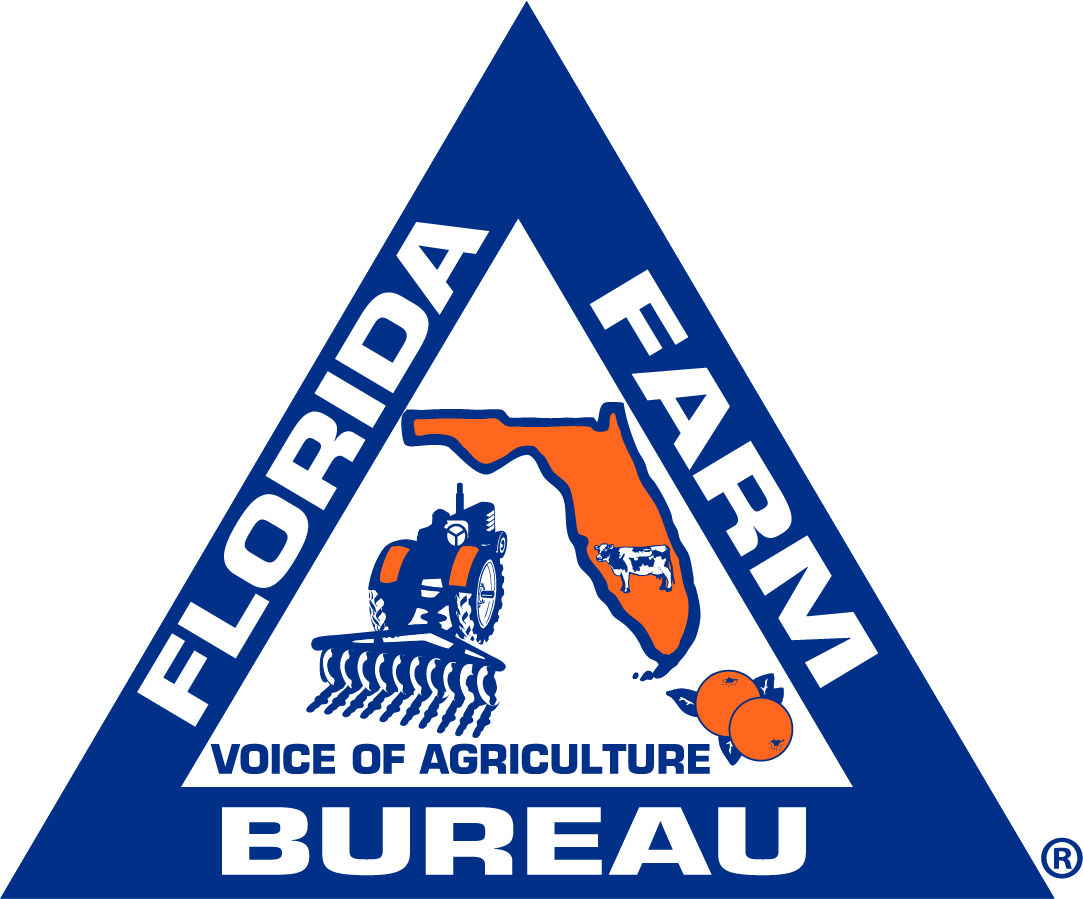September 10, 2019
 Most U.S. households have consistent, dependable access to enough food for active, healthy living – they are food secure, according to the U.S. Department of Agriculture.
Most U.S. households have consistent, dependable access to enough food for active, healthy living – they are food secure, according to the U.S. Department of Agriculture.
That security is improving. The agency’s Economic Research Service has reported that the prevalence of food insecurity across the nation has declined to 11.1%, a level detected before the recession of 2008.
Some households experience food insecurity at times during the year. Their access to adequate food is limited by a lack of money and other resources.
USDA’s food and nutrition assistance programs provide low-income households with access to food for a healthful diet, as well as nutrition education. USDA monitors the extent and severity of food insecurity in U.S. households through an annual, nationally representative survey.
The 2018 study found that:
- 88.9% of U.S. households were food secure. The remaining 11.1% (14.3 million households) were food insecure.
- Food-insecure households (those with low and very low food security) had difficulty at some time during the year providing enough food for all their members due to a lack of resources.
- The decline from 2017 was statistically significant and continued a decline from a high of 14.9% in 2011.
The full report is posted at https://www.ers.usda.gov/webdocs/publications/94849/err270_summary.pdf?v=963.1.

